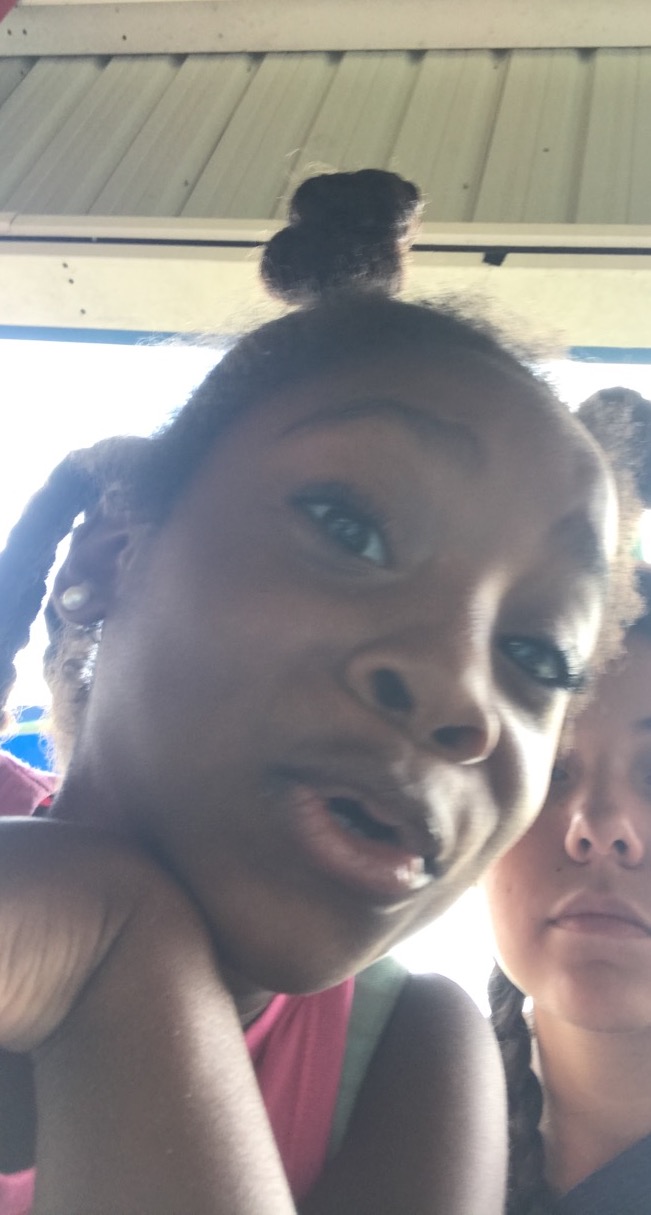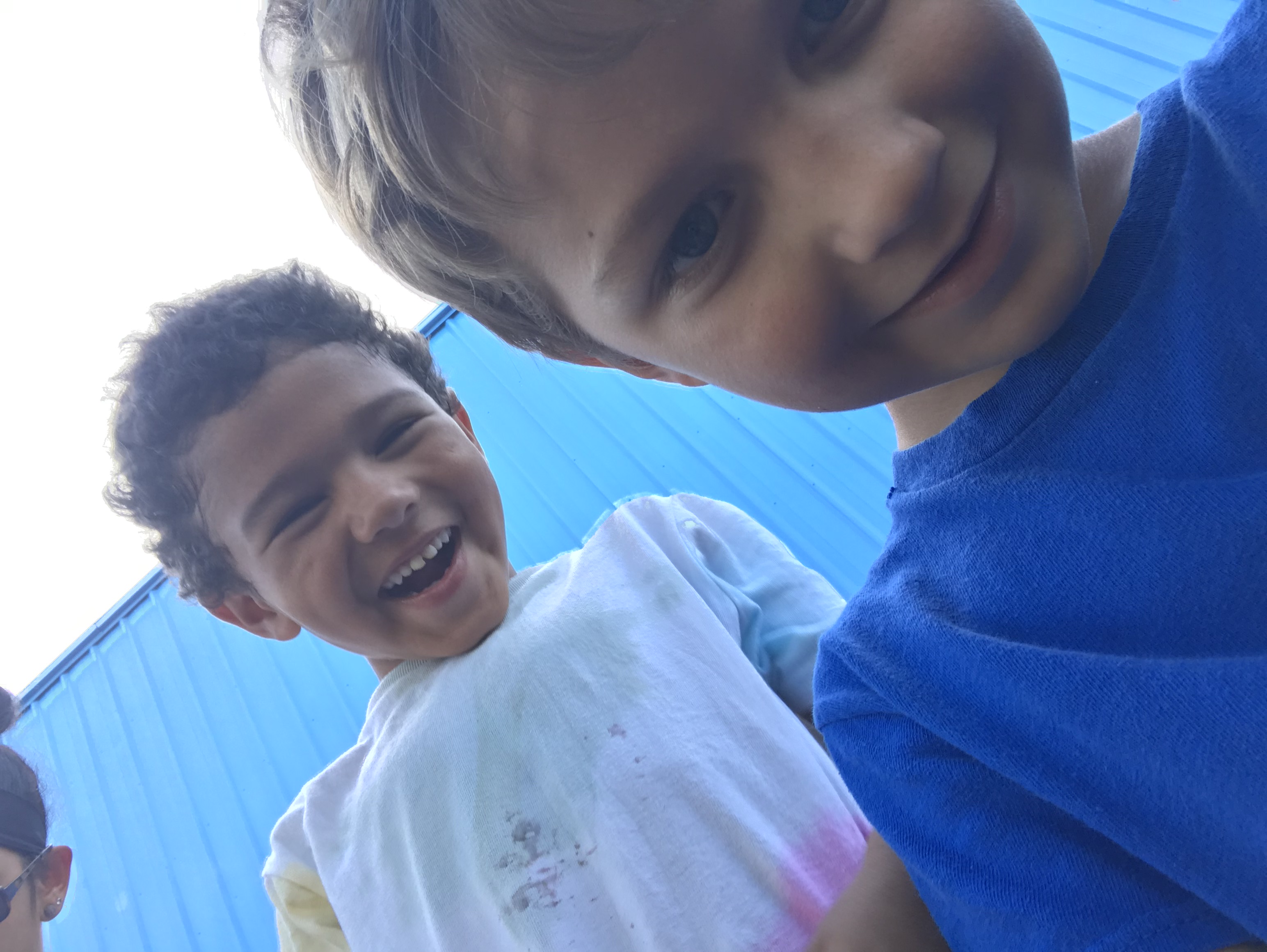I never considered the house I grew up “home” for a variety of reasons. I’d say “I’m going back to the house” and was reluctant to call it home because it never felt like that. While I lived there, I never wanted to be there. Since being here, I’ve said “I want to go home.” People think of home as their own bed in their own room, and a home cooked meal. I however think of the support system: my family who believed in me when I didn’t and my family friends who cried when I moved. I feel as if I took them for granted as I never realized their integral role they played in my character development. I took for granted they’re warmth and acceptance of me in their homes, physically and as a collective.
In bell hooks’ Homeplace (a site of resistance),she described the homeplace as “the one site where one could freely confront the issue of humanization, where one could resist”(384). Through this piece and investigating the concept in class, I rationalized the the thought in my own life. Home, to me, is the people who I feel I can be my goofiest self with, with whom I don’t have to intricately plan out exactly what I will say – how I feel here sometimes.
Home goes beyond that, though. Racism, sexism, ableism, and so much more push people to put a mask for their own safety. Madison Moore asked “who can safely get a sandwich?” While a simple gesture to some, others have to worry about the way people will perceive them, affecting how they’ll act in public. Many don’t have the privilege to disidentify, to pass as what society defines as socially acceptable. This directly differentiates between the homeplace and the rest of the world. The homeplace provides a safe place for those people, and everyone in general, to resist status quo and be themselves, in a world where society may not accept them.
I came to this definition with Ryan Dunn and Dana as we compiled our experiences here and where we came up. All different ages and different backgrounds, I find it interesting that we came to the same conclusion that it is the people that both make Richmond and our hometowns home.


